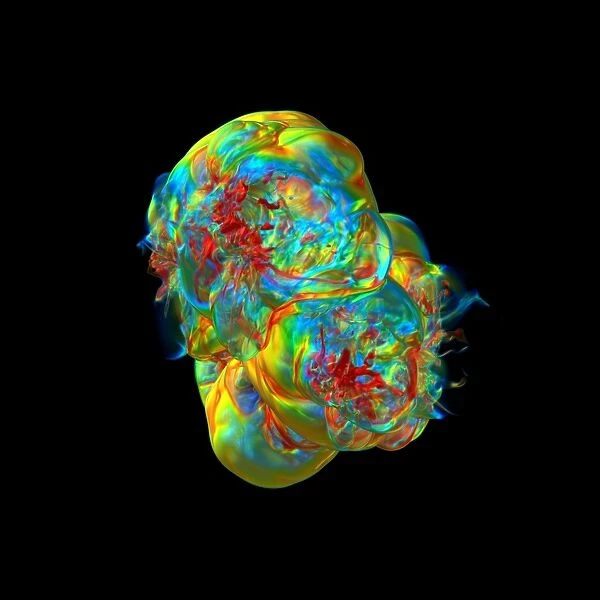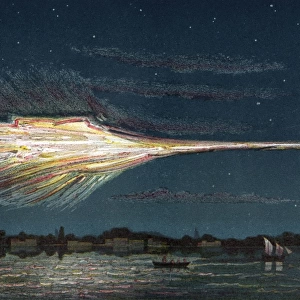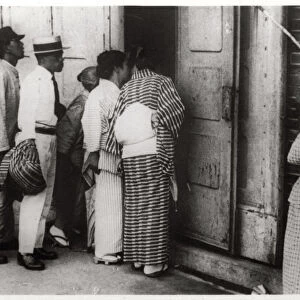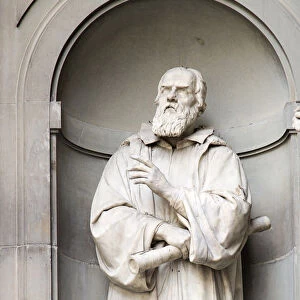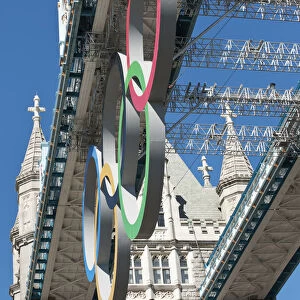Galaxy formation
![]()

Wall Art and Photo Gifts from Science Photo Library
Galaxy formation
Galaxy formation. Image 1 of 3. Supercomputer simulation modelling the growth of galaxies. This image shows the expansion of primordial gas 0.3 billion years after the start of the simulation. Colours represent increasing gas density from red, orange, yellow, green to blue as the most dense. The frame measures 326, 000 light years across. Within the gas cloud are clusters of new stars (unseen) which eventually die and explode as supernovae. The explosions create heavy elements which enrich the gas and become recycled to repeat the process of new star formation. Previous calculations suggest that galaxy formation was a slow and gradual process lasting 10 billion years. The present model suggests it is much quicker, with most heavy elements created by 1 billion years. This simulation was performed in 2006 on the Earth Simulator supercomputer, Japan. For complete sequence, see images: R590/123-R590/125
Science Photo Library features Science and Medical images including photos and illustrations
Media ID 6444921
© MASAO MORI/MASAYUKI UMEMURA/SCIENCE PHOTO LIBRARY
Astrophysical Astrophysics Bubble Bubbles Cooling Cosmology Evolution Galaxy Formation Gas Cloud Star Birth Star Formation Stellar Formation Supercomputer Simulation Computer Artwork Physical
EDITORS COMMENTS
This print showcases the remarkable process of galaxy formation. In this image, which is part of a series of three, a supercomputer simulation models the growth and expansion of galaxies. The vibrant colors represent increasing gas density, ranging from red to blue as the most dense. Spanning an impressive 326,000 light years across, the frame captures the awe-inspiring scale of this cosmic phenomenon. Within the vast gas cloud depicted in this image are clusters of new stars that remain unseen but play a crucial role in shaping galaxies. These stars eventually meet their end through explosive supernovae events, generating heavy elements that enrich the surrounding gas. This enrichment leads to the recycling and repetition of star formation processes. Contrary to previous calculations suggesting a slow and gradual process lasting 10 billion years, this model proposes a much quicker timeline for galaxy formation. According to this simulation performed on Japan's Earth Simulator supercomputer in 2006, most heavy elements were created within just one billion years. The intricate details captured in this computer artwork provide valuable insights into our understanding of astrophysics and cosmology. It serves as a reminder of both the beauty and complexity inherent in our universe's evolution and offers us glimpses into its mesmerizing secrets.
MADE IN THE USA
Safe Shipping with 30 Day Money Back Guarantee
FREE PERSONALISATION*
We are proud to offer a range of customisation features including Personalised Captions, Color Filters and Picture Zoom Tools
SECURE PAYMENTS
We happily accept a wide range of payment options so you can pay for the things you need in the way that is most convenient for you
* Options may vary by product and licensing agreement. Zoomed Pictures can be adjusted in the Cart.

